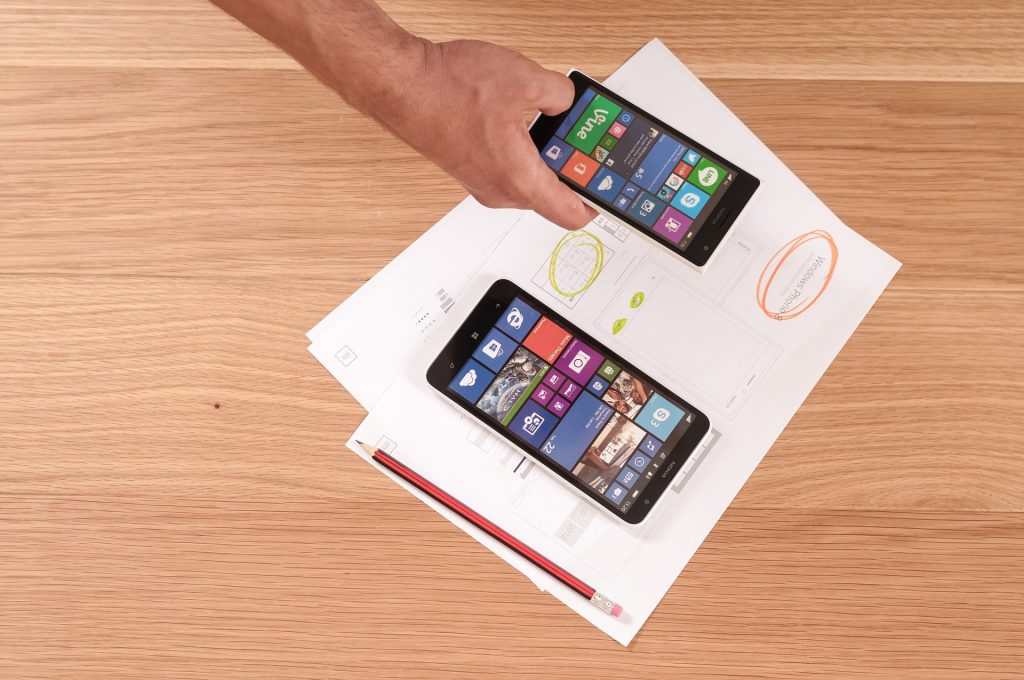Building a successful app with everything fine-tuned and designed to perfection is a strenuous task requiring years of creative effort and continued focus. The fact that seeing your app alive on app marketplace will take months is enough demotivation for many of us. What about creating and launching an app in a jiffy? What about quickly building an app that perfectly holds together your idea with a straightforward execution? Well, that is precisely what MVP development is meant for. MVP apps give you the pleasure of making your app lives much earlier.
What Is Minimum Viable Product (MVP) all about?
So many tech startups are mushrooming these days with brainstorming new and innovative app ideas. They have fewer resources, less money, and less manpower to take care of a large development project. But in a highly competitive and quality-focused app market, they cannot settle for less. With an ambition to stay ahead of the competition, they cannot settle for a sloppy app. The only solution is to build a minimum viable product (MVP) with few and most important features and the basic app idea executed to perfection. This urgency of the quick launching of apps with relevant features makes MVP a credible option now among many developers. For example, app developers in India the emerging market now considers MVP crucial for staying competitive. Because faster development cycle helps them stay ahead of the competition, where one of such solution worth checking out would be flutter development. MVP or minimum viable product in the context of mobile apps refers to the essential app with core features, design and user experience that expressly define the uniqueness and utility of the app. All other additional features or value-additions or design enhancements can be done upon this basic app built with MVP development principle.  An MVP is neither the beta app version nor they are actionable app mock-ups. MVP apps are not also minimum featured apps unless it carries the principal app idea throughout.
An MVP is neither the beta app version nor they are actionable app mock-ups. MVP apps are not also minimum featured apps unless it carries the principal app idea throughout.
Why develop an MVP app?
We have already seen that MVP mobile app serves mainly as the starting point for an app development project. The MVP app is the basic approach to shape an idea into a well-featured executable app. The enterprises can build MVP apps quickly, can assess the potential of the app idea without taking too much strain and can keep the cost lower at the initial stage of development.
Let us now have a look at the key reasons to go for an MVP app.
- An MVP by boasting of the important app idea and quintessential UX element can help to launch a fully functional app in minimum time.
- Taking less development time and costing too little MVP apps offer minimum development risk.
- MVP app easily allows assessing the app idea through original market presence and user interactions.
- All the guesswork and assessment without material grounds are no longer needed thanks to the option of building an MVP app.
- An MVP also helps a business getting feedback of customers and all associates after launching a fully working app, not without it.
- When people can’t decide about the features that suit their needs most, you can build a few MVP variants and help them make their choice.
- MVP apps being stripped of the unnecessary elements are more performance-driven and least vulnerable to errors and bugs.
- As the basic version MVP app always remains open to get better with subsequent development efforts.
Features and aspects that make MVP apps stand out
To beat the cut-throat competition in app marketplaces the developers and strategists always need to come with something genuinely viable, useful, unique and relevant for the users. This is why, shaping the basic app idea into a viable product is more important than building a fully-fledged, feature-rich app. This precisely makes MVP a commendable alternative. There are two basic sets of features, respectively as the user application and the admin panel. For the first one change can be necessary for contents and to meet the norms of respective platforms. Rest of the features in an MVP app depends as per the industry and niche. Let us describe features of MVP apps of various niches.
Features of E-commerce MVP app
 Some key features of an MVP e-commerce app include the following.
Some key features of an MVP e-commerce app include the following.
- Payment gateway with different options like credit and debit card, net banking, Cash on Delivery, PayPal, etc.
- Navigation menu by-products, categories, and subcategories.
- Ecommerce Cart
- Customer registration and profile management
- Order history management
- Product page along with relevant filters
- Product rate, reviews, and recommendations
Features for MVP food delivery app
The typical key features that any MVP food delivery app cannot do without include two basic sets of features, respectively for customers and the restaurant or food chain admin. Let’s have a look at these features.
Customer-side features
- Geolocation and integrated map
- Order list
- Payment page with multiple payment options including credit and debit card, net banking and Cash on Delivery
- Search option for food and restaurants with various filters
- Restaurant profile and menu
- Cart management
- Notifications about order and delivery status
Restaurant-side features

- Restaurant profile page
- Menu page
- Manage orders
- View balance
- Order history and analytics
Features for social network MVP app
If you are going to launch a social network app with a minimum viable product (MVP) features, the key elements that you need to ensure include the following.
- Newsfeed
- Registration, profile and timeline management
- Friends and follower management
- Creating posts
- Tagging and hashtagging
- Like or reactions to posts
- Sharing posts
- Reporting posts and profiles
- Event-oriented notifications
- Social bookmarking
Conclusion
So, the minimum viable product (MVP) is to boast of faster development of a useful app with all the most relevant features. Instead of opting for so-called cool or stunning features the MVP app of any niche concentrates principally on relevance and accordingly chooses the irreplaceable features that make it meaningful for the users.


